…continued from Part 1
596 - The Day Steve Jobs died
We knew that Steve Jobs’s health was declining, and so we did what seems unpalatable to some, but what’s actually necessary to make sure programmes can react to this kind of news - we prepared a lot of “obit” material and interviews in the weeks leading up to his death.
When the news broke (on a Thursday morning, as I recall), it took us just two days to write, film and edit the actual programme in time for that weekend’s broadcast.
Lesson: For some reason we thought he might be the last big personality in tech. We were wrong.
774 - The Mobile Show
The world’s first full programme filmed and edited solely on mobiles (these world firsts would become something of a theme for our new boss Simon Hancock). Using a variety of phones, and a tablet to edit on, we attempted the impossible. It was a nightmare. But also an example of how we didn’t just talk about the tech, we used it to push the boundaries of TV production.
It’s no surprise that these days so much content is filmed on phones - in fact some of the footage on recent Clicks was shot by me and my trusty Galaxy. If you have the right apps and the right technique, the results are not too shabby at all.
Lesson: The world of content creation, broadcast, TV and film is changing faster than ever. It’s hard to keep up, and no-one knows if the acceleration will remain constant.
827 - 360
As discussed, if a new technology comes along, we’ll use it. This was the world’s first full programme filmed in 360, to be watched through a VR headset, and I am so proud of it. When done right, 360 video really makes you feel like you’re there. You’re surrounded by the scenery - wherever you turn your head, you see the world, in a way that feels really natural.
That’s why, for this 360 special, we needed spectacular locations. The Alps, a helicopter ride, the Large Hadron Collider. These were critical to the story, you understand.
360 cameras were not quite a thing at this point, so we had to 3D-print our own casing to hold 6 GoPros all pointing in different directions. We had to stitch the footage together ourselves. We also had to learn a new way of story-telling - the action takes place all around the viewer, and you can’t cut from shot to shot as frequently as you do on TV. It was more like making a theatre show than traditional telly, filming one continuous scene after another.
The result still holds up today, so give it a try on YouTube - I’d recommend wearing the VR headset for the full experience:
As you watch me trudge through fresh snow atop the Aletsch Glacier, know that my lips were freezing up, and so were my toes.
Lesson: wear two pairs of socks. If not three.
910 - Fukushima
Wearing a full radiation suit, mask, and three pairs of gloves, we walked through Unit 5, eventually climbing underneath its reactor. Our pocket dosimeters beeped every so often to count up our radiation exposure, as I explained how, in Units 1 to 4 (the ones wrecked during the 2011 tsunami), robots searching for melted nuclear fuel would have to navigate the mangled wreckage, underwater, in the dark.
But the most memorable part of the day, weirdly, was the drive to the nuclear power plant.
The abandoned towns along the road were straight out of a post-apocalyptic science fiction movie. The houses, covered in vegetation that had crawled up out of the garden. The car parks split into large rectangular sections by waist high lines of weeds. The supermarket whose covered entrance area had completely collapsed. I was astonished at how quickly nature had taken back the land - a combination of water and vegetation prising open every unfixed crack.
Lesson: Nature always finds a way.
1000 - Choose your own Click
Of course we had to do something special for our big one. So we made the world's first non-linear factual programme, where you, the viewer (player?) can choose your own path through each story. Find out as much or as little as you want about self-driving cars, robots and targeted advertising. Deep dive or shallow paddle in an interview with one of my literary heroes. And as a bonus, decide my fate for me as I fight with a wizard.
Lesson: steal his hat, it comes in handy later.
1039 - Lockdown
In April 2020, Click turned 20, just as COVID was tearing across the planet. As the world changed around us, and TV programmes fell off the air, we - er - kind of forgot to stop making the show. After all, we’d been filming and editing the programme on location and in hotel rooms for years, so doing it from home wasn’t actually that tricky for us.
To buy us a week to get everything sorted, I cut together a lookback through the archives, and also filmed that closing link, promising we would carry on for as long as we could. No, I wasn’t holding back tears - it was my allergies.
Lesson: You’re currently in training for something, but you’ll only find out what when it happens.
1295 - The last one
A classic “on-brand” Click shoot - super-fast turnaround, filming loads of brilliant research at a university, feeding the footage to the edit suite as we were shooting it, writing and rough-cutting it in the evening, voicing it the next morning, and having it finished in time for my final Click that weekend.
Plus I managed to bring everything full circle by making the end of my very last programme match the start of my very first.
Lesson: I don’t know yet. This one’s still brewing. But in the meantime, surround yourself with good people and do things you’re proud of.





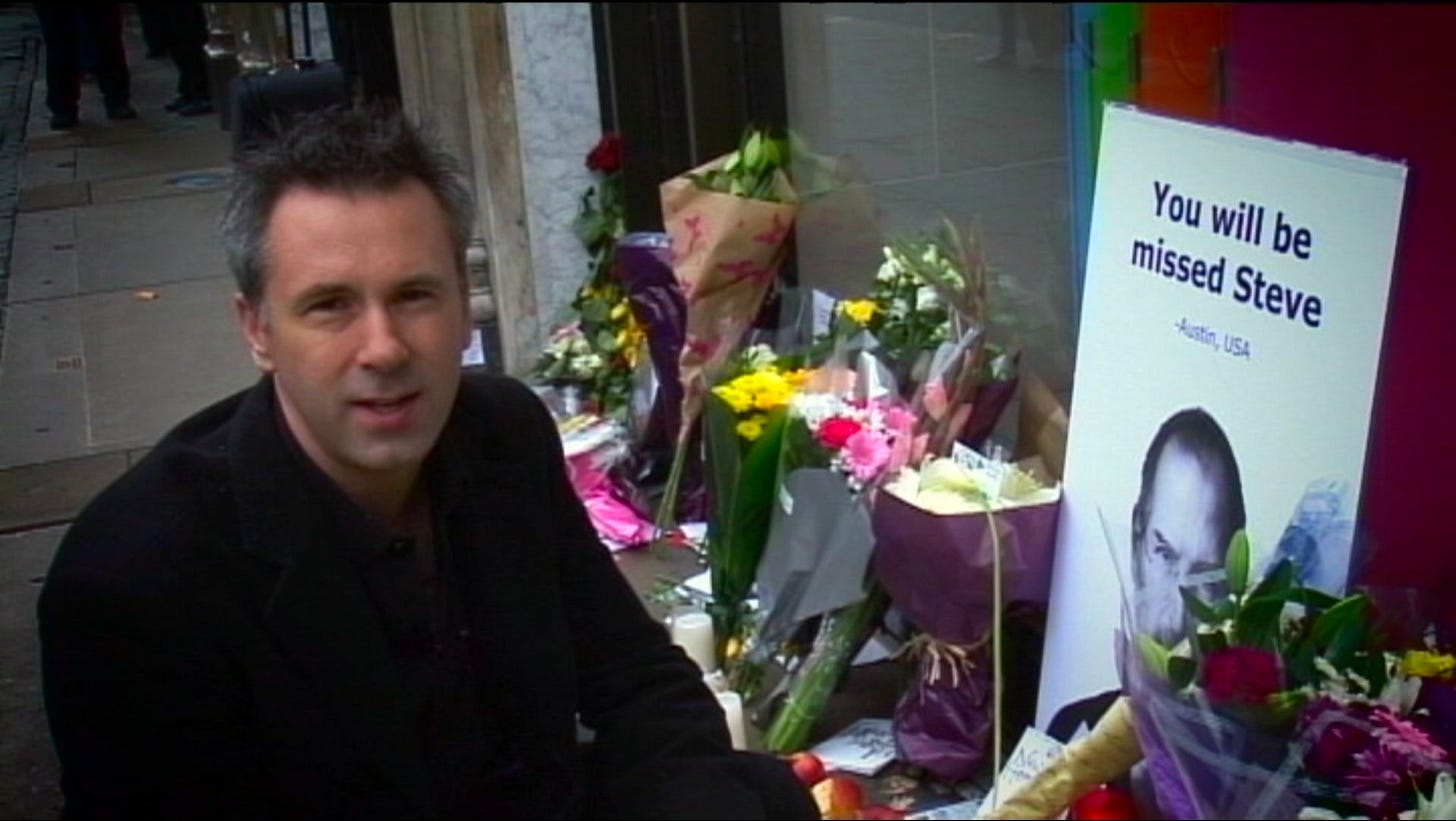
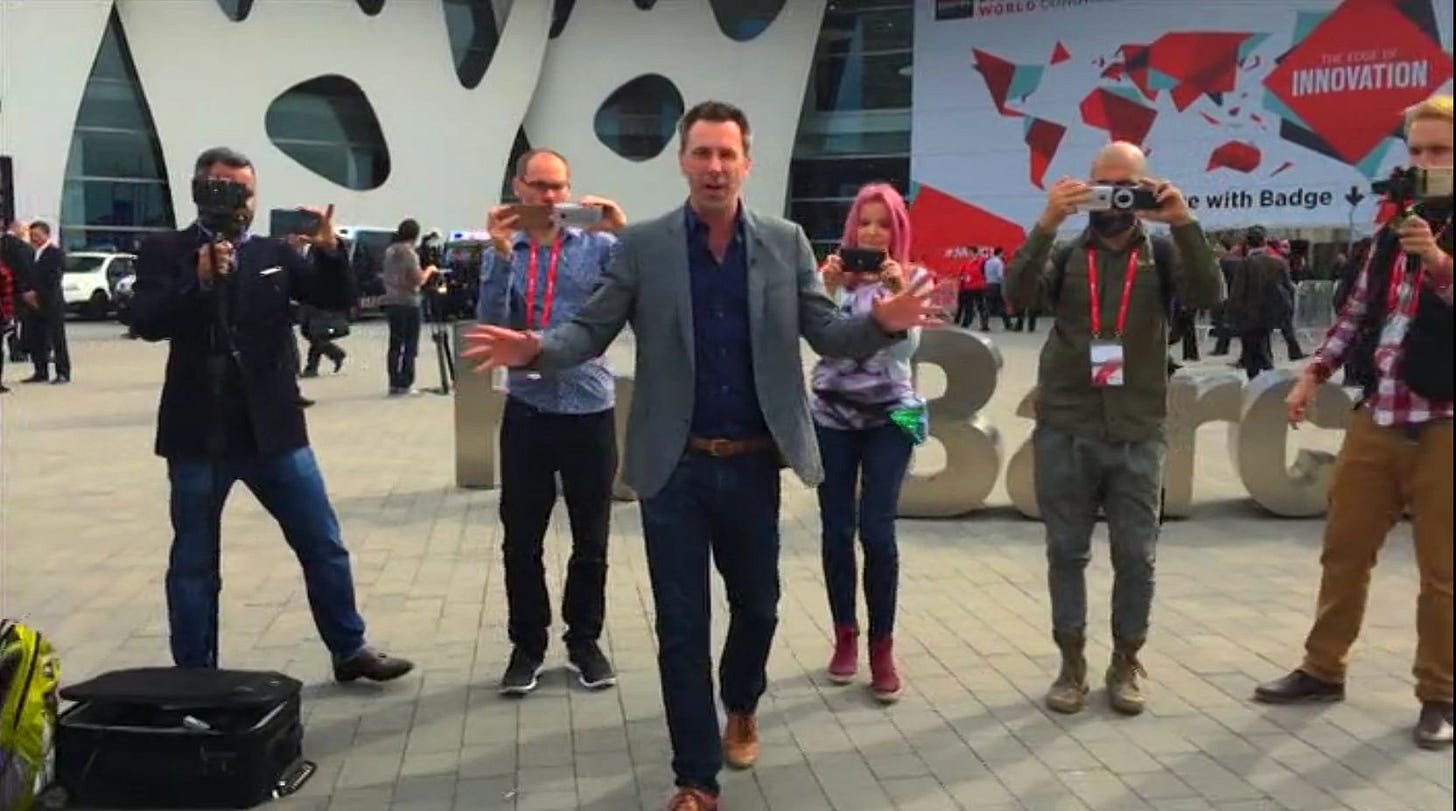
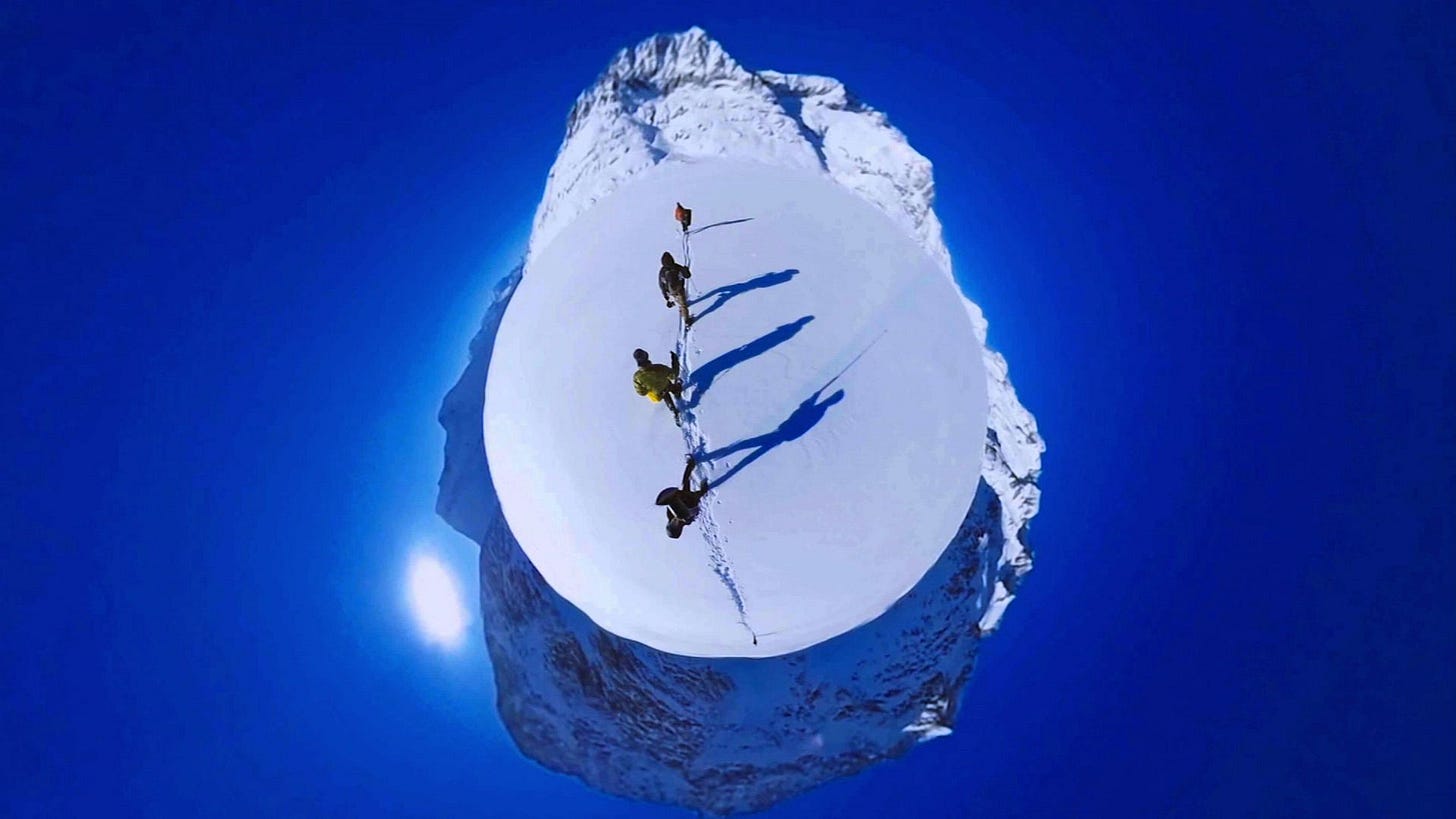
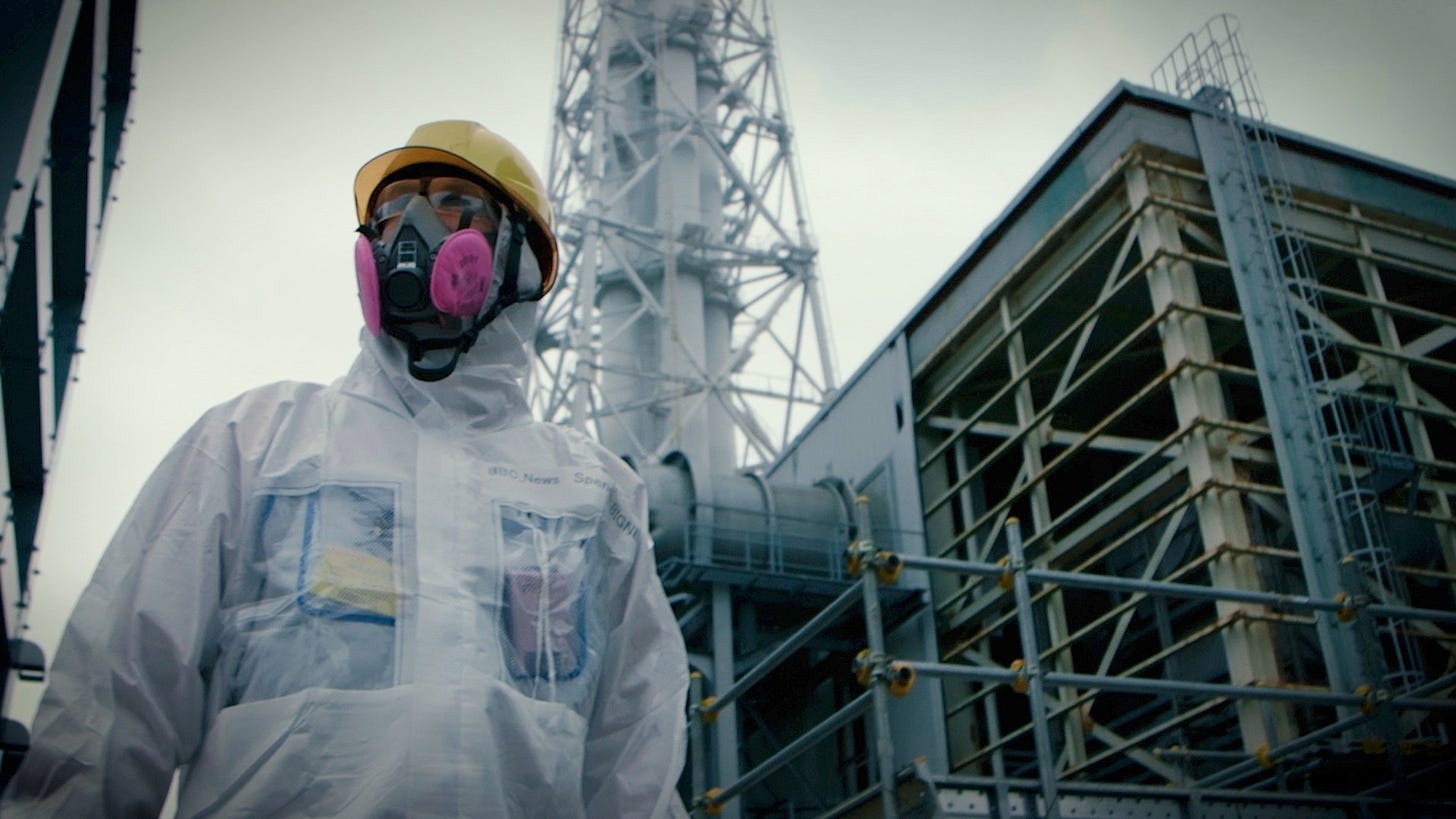
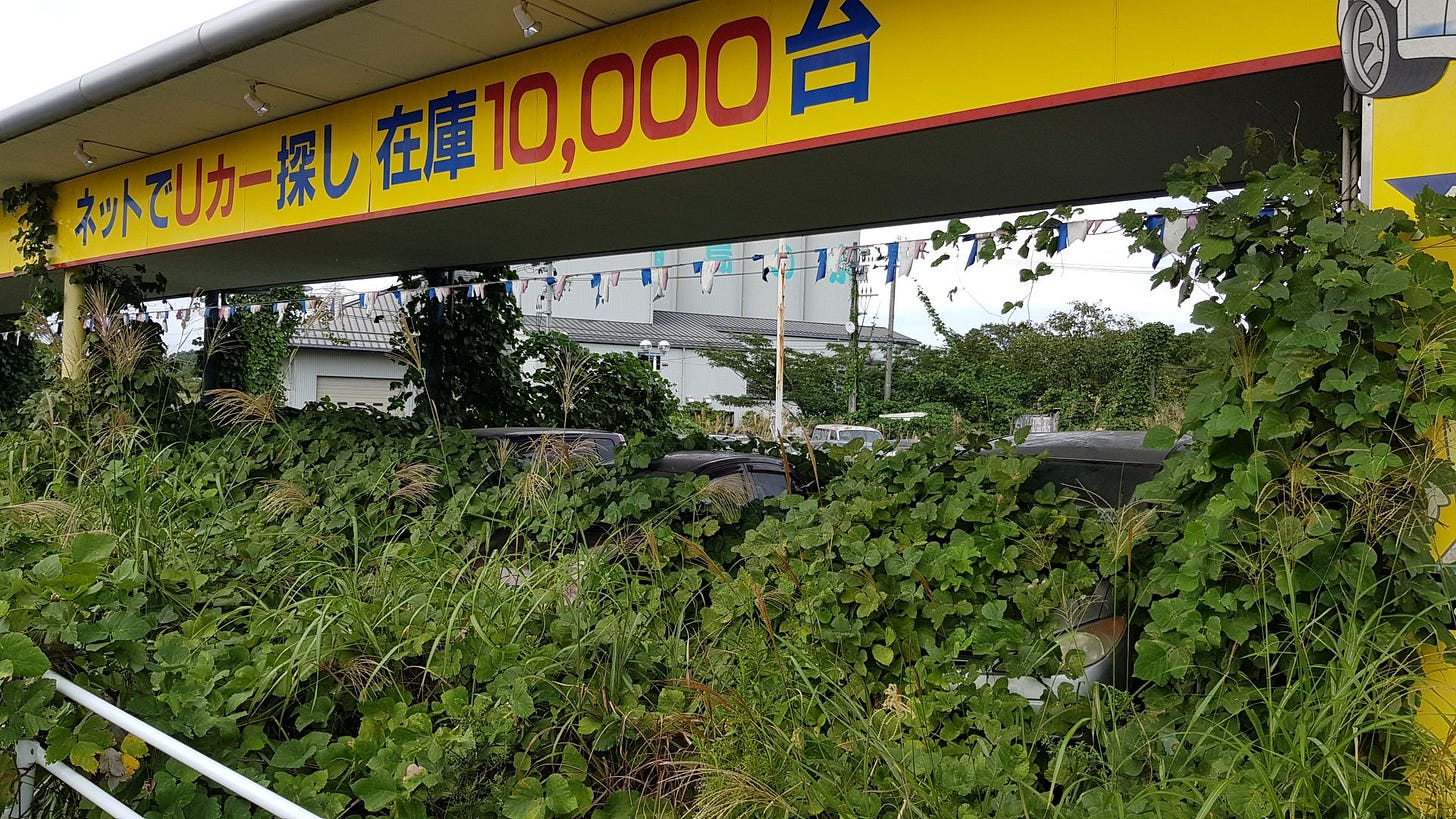
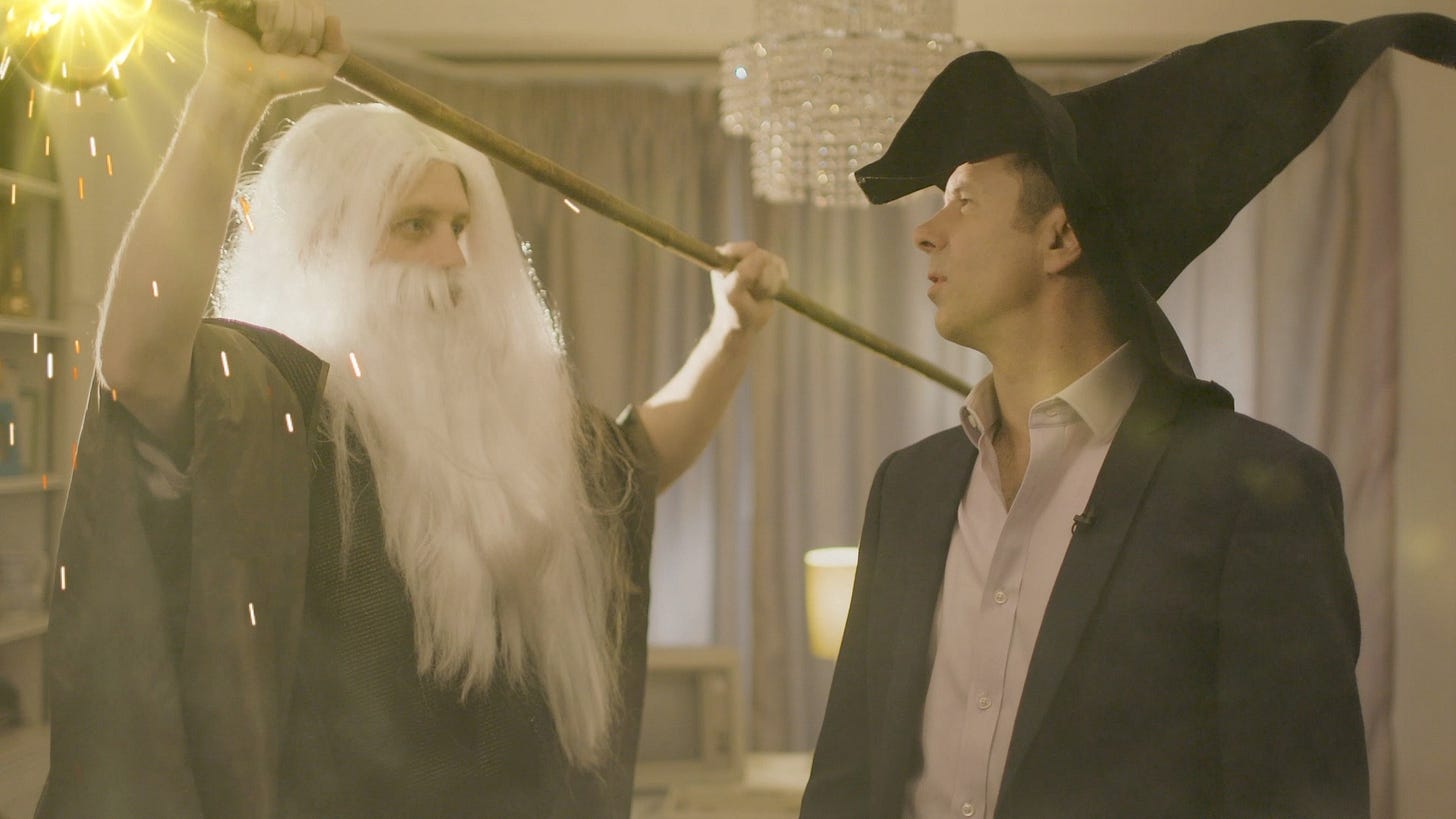
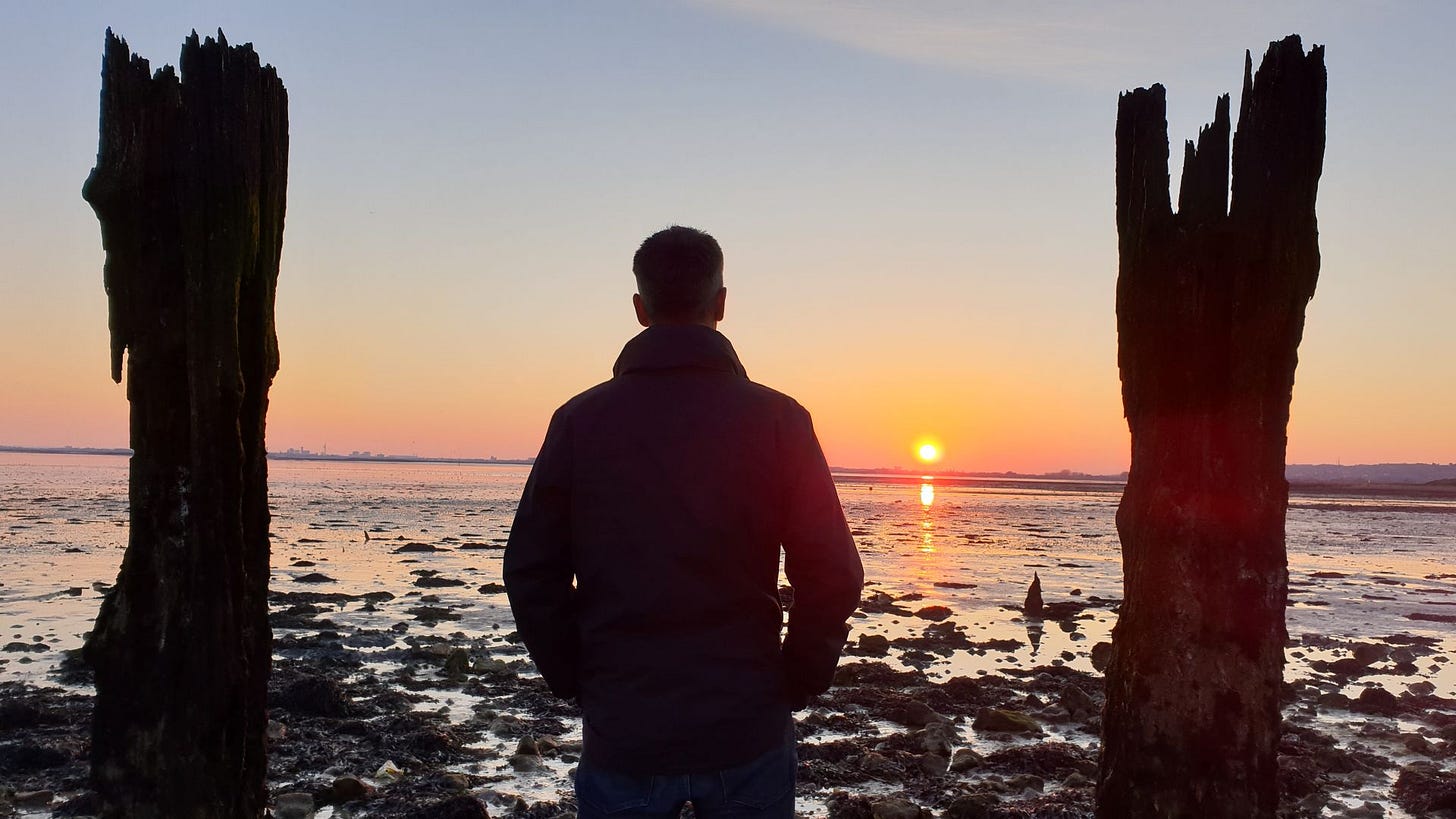

Thanks, Spencer. I always enjoyed the shows! How are you adjusting to the change of not producing one every week? Wishing you all the best with your future projects!
What a brilliant journey over the past 25, years. You must have become atuned at seeing from the pr and marketing for new products and tech. What tech/, gadgets gets you excited today?